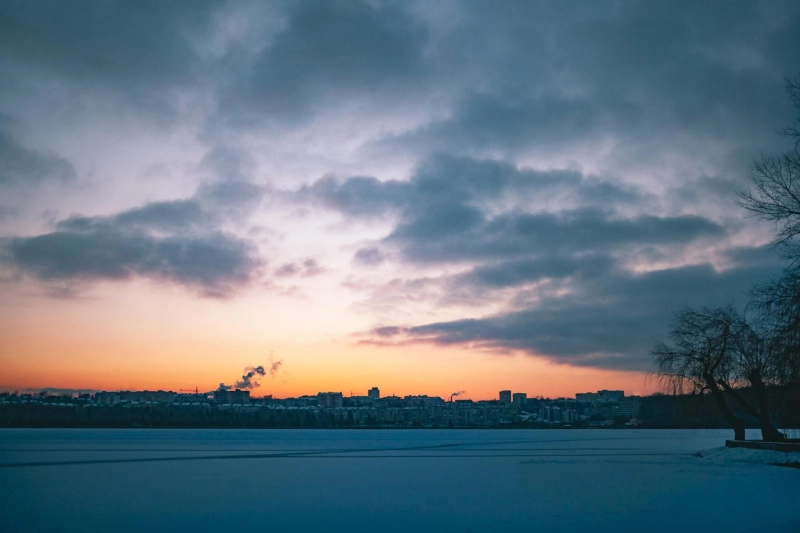In the world of photography, capturing the perfect shot often requires more than just pointing and clicking. With advancements in technology, photographers now have access to powerful tools like HDR (High Dynamic Range) cameras to elevate their craft to new heights. Among these, the multi-exposure HDR camera stands out as a game-changer, offering unparalleled control over light and detail. In this blog post, we'll explore how you can harness the full potential of multi-exposure HDR cameras to achieve professional results that will leave viewers in awe.
Understanding HDR Cameras
First things first, let's delve into what HDR cameras are and why they matter. HDR cameras are designed to capture a wider range of tones in a single image, from the darkest shadows to the brightest highlights. This results in photos with enhanced dynamic range and richer colors, making them look more lifelike and immersive. Now, imagine taking this capability to the next level with a 4K HDR camera, which not only offers superior resolution but also ensures every detail is rendered with stunning clarity.
The Power of Multi-Exposure HDR
While traditional HDR techniques involve merging multiple exposures of the same scene, multi-exposure HDR takes it a step further by capturing a series of bracketed shots at varying exposures in rapid succession. This allows photographers to retain the finest details in both the highlights and shadows, producing images that are true to life. With a 4K HDR camera, you can push the boundaries even further, ensuring every pixel is meticulously preserved for unmatched image quality.
Tips for Success
Now that you understand the basics, let's discuss how you can make the most of your multi-exposure HDR camera:
Choose the Right Scene: Not all scenes are created equal when it comes to HDR photography. Look for scenes with high contrast or challenging lighting conditions, such as landscapes at sunrise or sunset, interiors with natural and artificial light sources, or cityscapes at night.
Use a Tripod: Stability is key when shooting multiple exposures. Invest in a sturdy tripod to ensure your camera remains perfectly still throughout the bracketing process, minimizing the risk of motion blur.
Experiment with Bracketing: Most HDR cameras offer customizable bracketing options, allowing you to adjust the exposure range and number of shots. Experiment with different settings to find the perfect balance between highlights and shadows for each scene.
Master the Post-Processing: The magic of multi-exposure HDR doesn't end when you press the shutter button. Take advantage of professional editing software to blend your bracketed shots seamlessly and fine-tune the final image to perfection.
Conclusion
In conclusion, multi-exposure HDR cameras represent the pinnacle of modern photography technology, offering photographers unprecedented control over light and detail. By understanding how to harness the power of these cameras and following the tips outlined in this blog post, you can elevate your photography to new heights and achieve professional results that will captivate and inspire viewers for years to come. So go ahead, unleash your creativity, and let your multi-exposure HDR camera unlock a world of endless possibilities.


